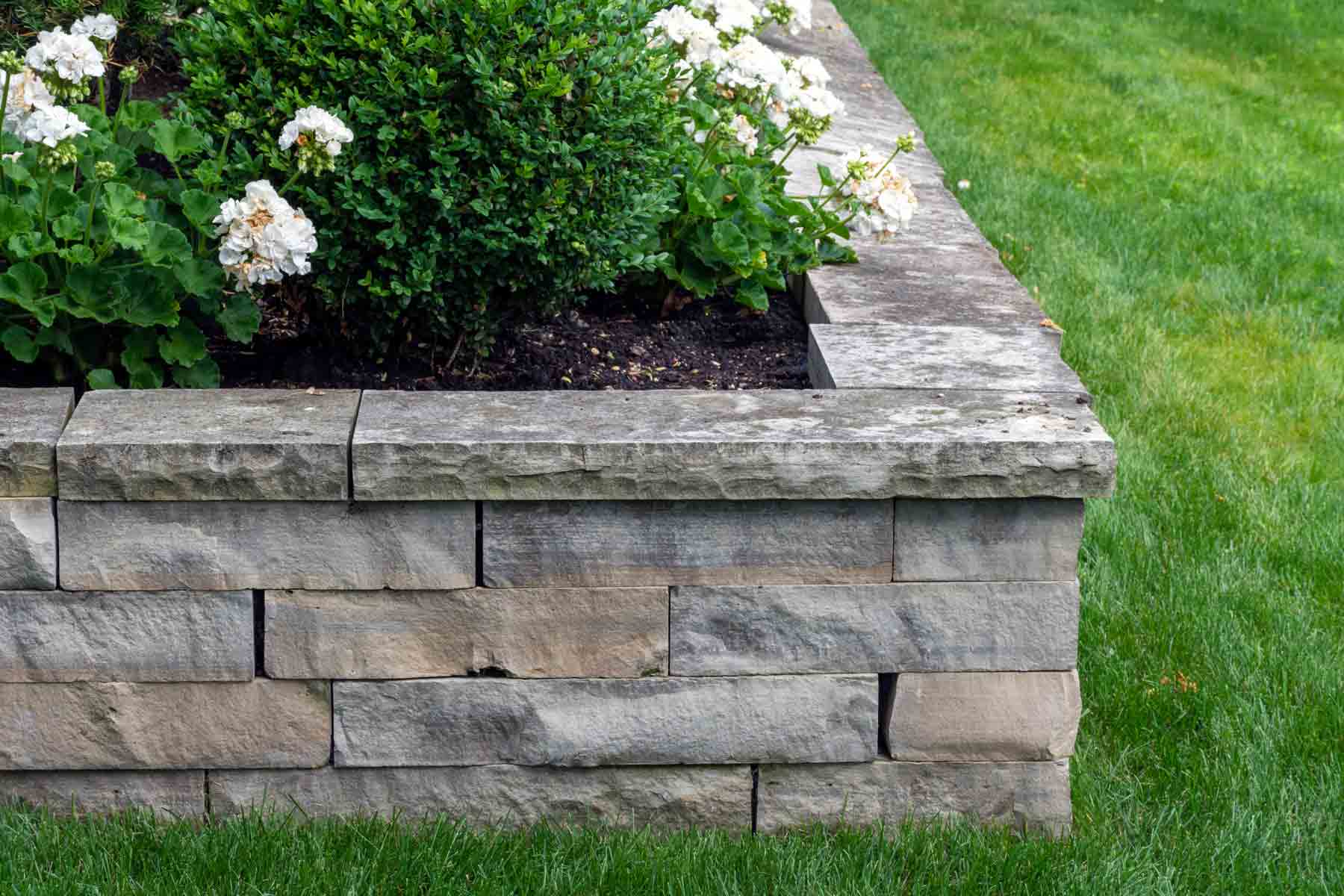Specialist Step Repair Services: Make Certain Safety and Sturdiness
Specialist Step Repair Services: Make Certain Safety and Sturdiness
Blog Article
Opening the Secrets of Lasting Stonework Building And Construction Practices for Eco-Friendly Structures
In the realm of contemporary building, the pursuit of sustainable practices has become extremely important. Among the myriad approaches to environment-friendly structure, sustainable stonework construction stands out as a tried and true and sturdy approach that holds a wide range of untapped possibility. From the selection of products to innovative construction strategies, the tricks to achieving sustainability within stonework construction are complex and appealing. By checking out the advantages, materials, strategies, and future patterns of lasting masonry, a much deeper understanding of how these techniques can shape the future of green buildings arises.
Advantages of Sustainable Masonry Building
Embracing sustainable stonework building practices not just lowers environmental impact yet likewise provides long-term financial benefits to contractors and neighborhoods. By making use of products like recycled bricks, blocks, and stones, home builders can considerably decrease the carbon impact of their tasks while advertising source efficiency. Additionally, lasting masonry construction strategies, such as proper insulation and thermal mass buildings, can improve power performance within buildings, bring about decreased functional costs with time.
Furthermore, the resilience and resilience of masonry frameworks contribute to long-lasting financial benefits. Buildings created using lasting stonework practices commonly require less upkeep and fixing, equating to set you back financial savings for home builders and homeowner. The longevity of masonry products also guarantees that frameworks continue to be secure and protected, minimizing the need for constant remodellings or substitutes.
Eco-Friendly Stonework Products
Making use of environmentally friendly masonry materials is a crucial action in the direction of enhancing the sustainability of construction practices and reducing environmental influence while making best use of lasting financial advantages. Lasting masonry products are sourced, created, and made use of in a fashion that lowers total ecological influence. Products such as recycled bricks, reclaimed stone, and lasting cinder block are coming to be significantly preferred options for eco-conscious home builders. Recycled bricks, for example, not only draw away waste from land fills however likewise require less power to generate contrasted to brand-new blocks. Redeemed stone offers a special aesthetic appeal while reducing the demand for brand-new quarrying. Sustainable concrete obstructs integrate recycled aggregates and might include improved insulation properties, adding to energy performance in structures.
Additionally, all-natural products like adobe, rammed planet, and straw bales supply outstanding thermal mass buildings, decreasing the requirement for home heating and cooling energy. These products are commonly locally available, promoting local economic situations and decreasing transportation-related carbon discharges. By picking eco-friendly masonry products, building and construction tasks can substantially lower their ecological impact and add to the production of much healthier, more sustainable built atmospheres.
Energy-Efficient Masonry Methods
Energy effectiveness plays a vital function in boosting the sustainability of stonework building and construction techniques. By applying energy-efficient stonework strategies, building contractors can significantly reduce the total power usage of a building, resulting in lower operational prices and a smaller sized environmental footprint. One key energy-efficient stonework method is the use of thermal mass, which involves incorporating thick products like more helpful hints concrete or caesarstone sleek concrete brick right into the structure's structure to absorb and save warmth. This assists regulate interior temperature levels, minimizing the need for mechanical home heating and cooling down systems.

Technologies in Lasting Stonework
Current developments in lasting stonework techniques have caused innovative techniques that are improving the building and construction market. One such technology is the growth of self-healing concrete, which utilizes microorganisms installed within the concrete to heal cracks autonomously. This breakthrough not just minimizes maintenance expenses however also enhances the sturdiness of masonry frameworks, contributing to their sustainability.
One more notable technology is using recycled aggregates in stonework building - masonry contractor. By integrating products such as smashed ceramic waste or recycled glass right into concrete mixes, builders can lower the environmental influence of building tasks while preserving architectural stability. This practice not just diverts waste from land fills but additionally conserves natural deposits, making it an essential innovation in sustainable stonework construction
Moreover, the integration of digital layout devices, such as Structure Details Modeling (BIM), is reinventing the method masonry frameworks are intended and built. BIM allows for more exact calculations, minimized product wastage, and enhanced power effectiveness, inevitably resulting in more lasting structure methods. These developments collectively indicate an appealing future for lasting stonework construction in the age of green structures.
Future Trends in Masonry Sustainability
With the innovative strides made in sustainable masonry practices, the check this site out future trends in masonry sustainability are poised to additional reinvent the building and construction market. One of the essential trends forming the future of stonework sustainability is the raised integration of technology. Improvements such as Building Details Modeling (BIM) and virtual reality simulations are being utilized to maximize stonework construction processes, resulting in decreased material waste and improved power performance in structures.
Furthermore, the advancement of novel lasting products is established to play a considerable function in enhancing the eco-friendliness of stonework building. masonry contractor. Advancements like self-healing concrete, recycled aggregates, and bio-based binders are gaining grip for their capability to reduce environmental influence while keeping architectural stability

Conclusion
Finally, lasting stonework construction practices provide many advantages for green buildings. By utilizing environment-friendly products and energy-efficient strategies, stonework can add to an extra lasting constructed environment. Innovations in sustainable masonry are constantly being established to additionally boost the environmental performance of structures. Looking in the direction of the future, the trend of masonry sustainability is expected to grow, leading to more eco-friendly and energy-efficient building and construction techniques in the years to come.
Report this page